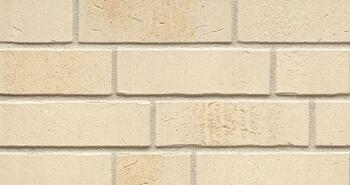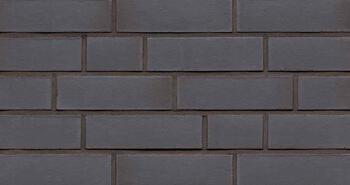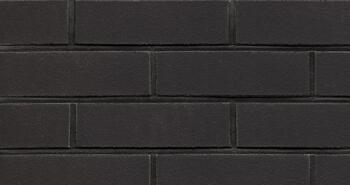Favorites
Builders Special
Builders Special
Designed for speed and economy of construction for residential, multi-family apartments, and commercial use.
|
|
|
|---|---|
Top Reasons To Use The Builders Special Size
|
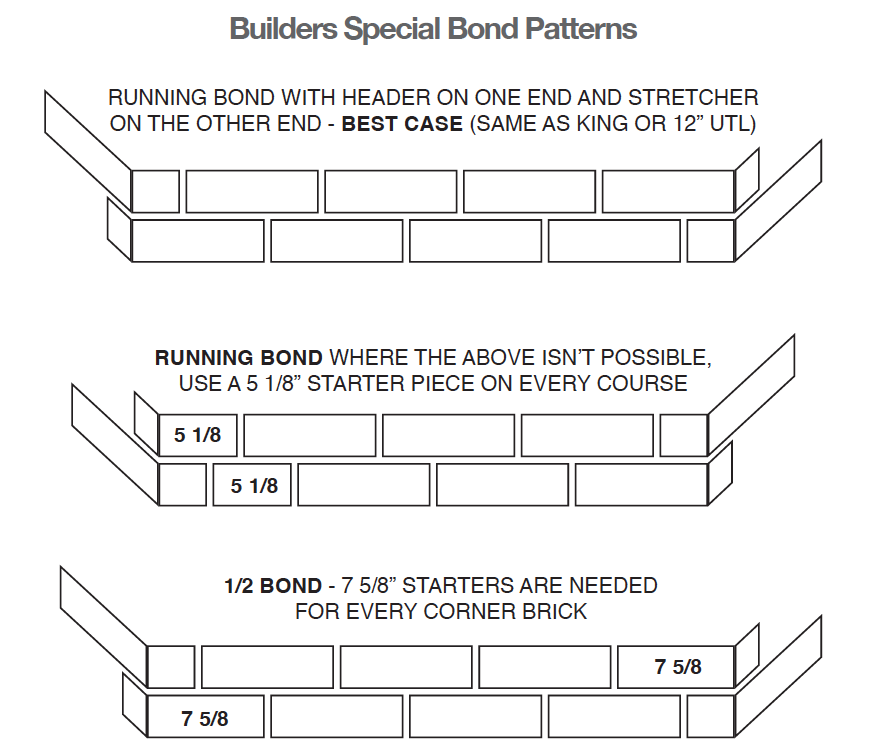 |

Williamsburg Series
A bygone age and a range of bricks that truly reflect the character and charm of those early artisans. With rustic color and texture combinations to choose from - each having its own unique feel - the Williamsburg Series creates an individual style for your new home.
Sioux River Series
Reminiscent of waterways throughout the Midwest, our Sioux River Series reminds us of rocky formations and flowing water. Showing their versatility, Sioux River's earthy colors work beautifully with different mortar joints and finishes, an expression of your individual style.
Lifestyle Series
The Lifestyle Series of brick presents a diverse range of color choices, each capable of accompanying a wide variety of complementary finishes. From the light tans found in Natural Linen to the stormy blacks of Iron Vineyard, we are confident that these products can be incorporated into a timeless aesthetic to match any lifestyle.
Build Something Special
Glen-Gery's Builders Special size is available in 18 beautiful colors across three unique series
View More Builders Special Projects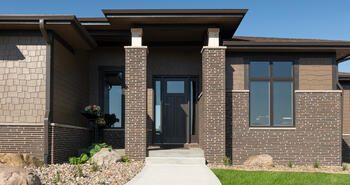
Saddle Brown Roman Maximus
Locations
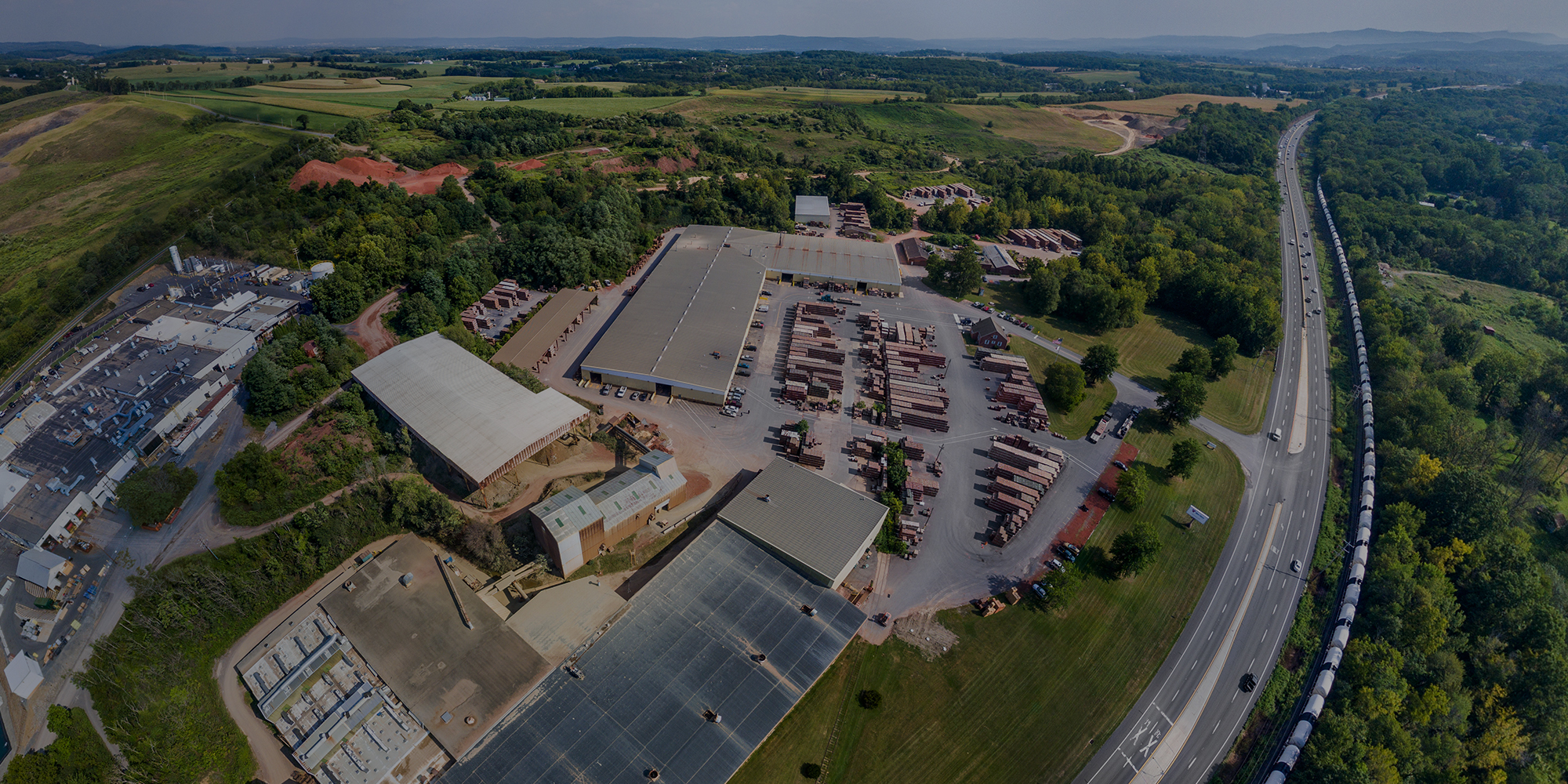
Locations
Manufacturing Plants, Supply Centers, Design Studios, and Corporate Office
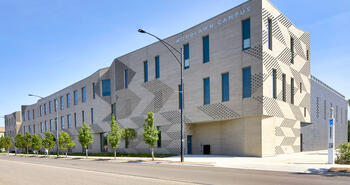
Ebonite Smooth
